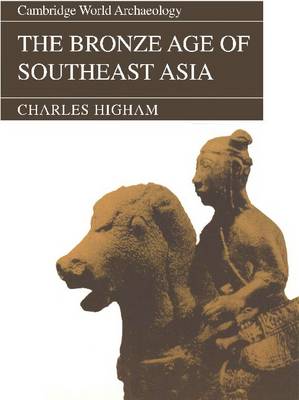Cambridge World Archaeology
2 total works
Some claim the earliest bronze production in the world occurred in South-east Asia; others say it occurred elsewhere. This book presents the debate surrounding the Bronze Age in the Indochina region, providing a systematic and regional presentaton of the current state of knowledge. It illuminates the question of indigenous technological evolution, contrasted with influence from neighbouring civilisations - in this case Southern China. Higham suggests that the the adoption of metallurgy, copper and tin smelting took place in South-east Asia following a period of trading with China, which provided the exotic bronzes. Using a thematic approach, he provides an up-to-date account of the South-east Asian and Chinese Bronze Age, documenting evidence site by site. This is the first time these regions have integrated in research to provide an understanding of how and why their distinct cultures developed.Tracing developments right through to the Iron Age, Higham identifies the distinct regional developments that anticipate the transition into the first Southeast Asia states.
Southeast Asia was the scene of one of the world's major civilisations, that of Angkor, until it was sacked in the early fifteenth century. The origins of Angkor were barely known until recent archaeological excavation and field research began to reveal the region's dynamic development and to raise new questions to serve in its understanding. This important new synthesis focuses on the social world of early mainland Southeast Asia: Thailand, Vietnam, Kampuchea, Laos and adjacent areas. The book begins when the area was occupied 12,000 years ago by hunters and gatherers. The author stresses the importance of sedentism and domestication. These encouraged the spread of coastal communities into the interior valleys. Particular relevance is seen in the exchange of valuables, including bronze, as symbols of status. The origins of civilisation, for long assumed to result from Indian expansion in the region, are seen as rooted in local changes, along with the selective adoption of Indian religious and political ideas within coastal cheifdoms. In bridging the gap between prehistory and history, this book will appeal not only to archaeologists but to those interested in the general history, culture and arts of Asia.

